I have been wanting to unlike all pages on Facebook that I liked as a teen in 2010. Because I stopped using Facebook pretty early (around 2014) — I thought unliking all of them made perfect sense. I did find some extensions to do so, that are now defunct; and 2 console tricks, that no longer work because Facebook keeps changing it layouts.
That is, until I landed on this comment on a gist.
Long story short; log into Facebook, open this link, install TamperMonkey if you don’t have it, paste and save the code below as user script, refresh that page and let it run. This uses the activity log to unlike pages, so when you go to your likes; there might still be brands that you ned to go to pages of and unlike and unfollow manually. The reload built into the script is required because after a few iterations, Facebook stops loading your earlier activity unless you refresh the page.
// ==UserScript==
// @name Facebook Auto Unlike
// @namespace http://tampermonkey.net/
// @version 2024-04-24
// @description Automatically unlikes posts on Facebook
// @author You
// @match https://www.facebook.com/usrID/allactivity?activity_history=false&category_key=LIKEDINTERESTS&manage_mode=false&should_load_landing_page=false
// @icon https://www.google.com/s2/favicons?sz=64&domain=facebook.com
// @grant none
// ==/UserScript==
(function() {
'use strict';
function runAutomation() {
setTimeout(() => {
const options = [].slice.call(document.querySelectorAll('[aria-label="Action options"]'));
options.forEach(option => option.click());
setTimeout(() => {
const menuItems = [].slice.call(document.querySelectorAll('[role="menuitem"]'));
const unlikeItems = menuItems.filter(item => item.innerText.includes('Unlike'));
unlikeItems.forEach(item => item.click());
setTimeout(() => {
location.reload();
}, 3000); // 10 seconds after clicking unlike
}, 3000); // 5 seconds after clicking action options
}, 3000); // Start 5 seconds after page load
}
// Run the automation function when the page loads
window.addEventListener('load', runAutomation);
})();


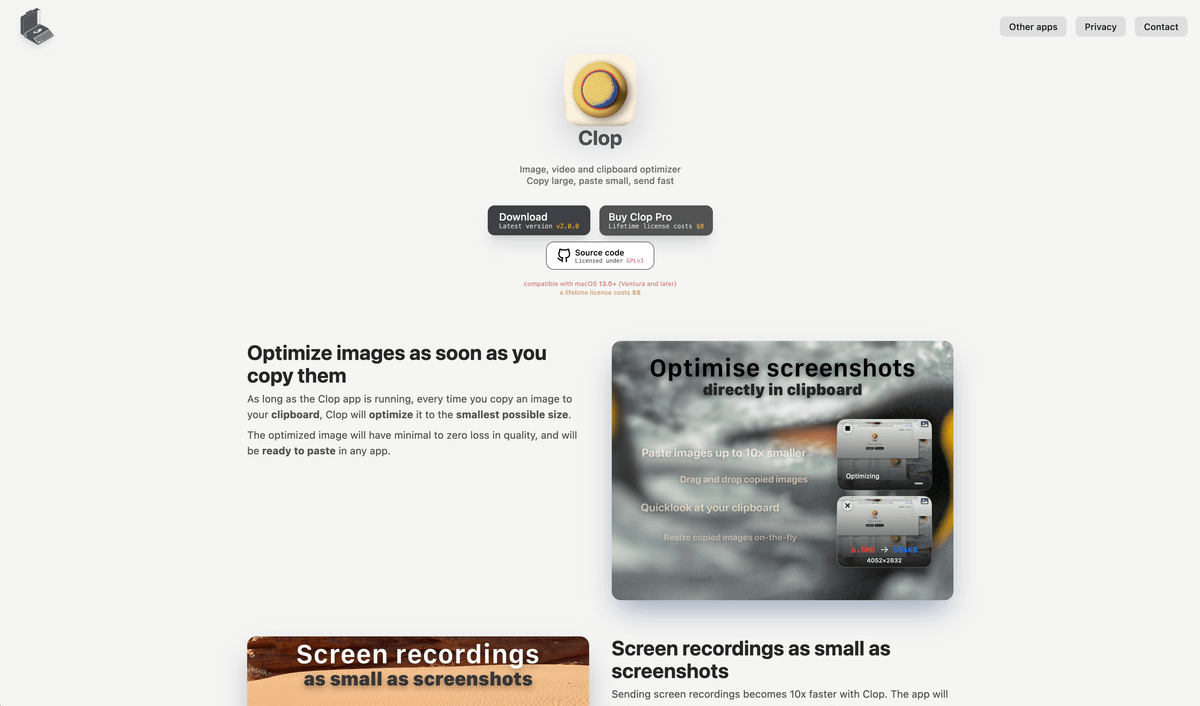
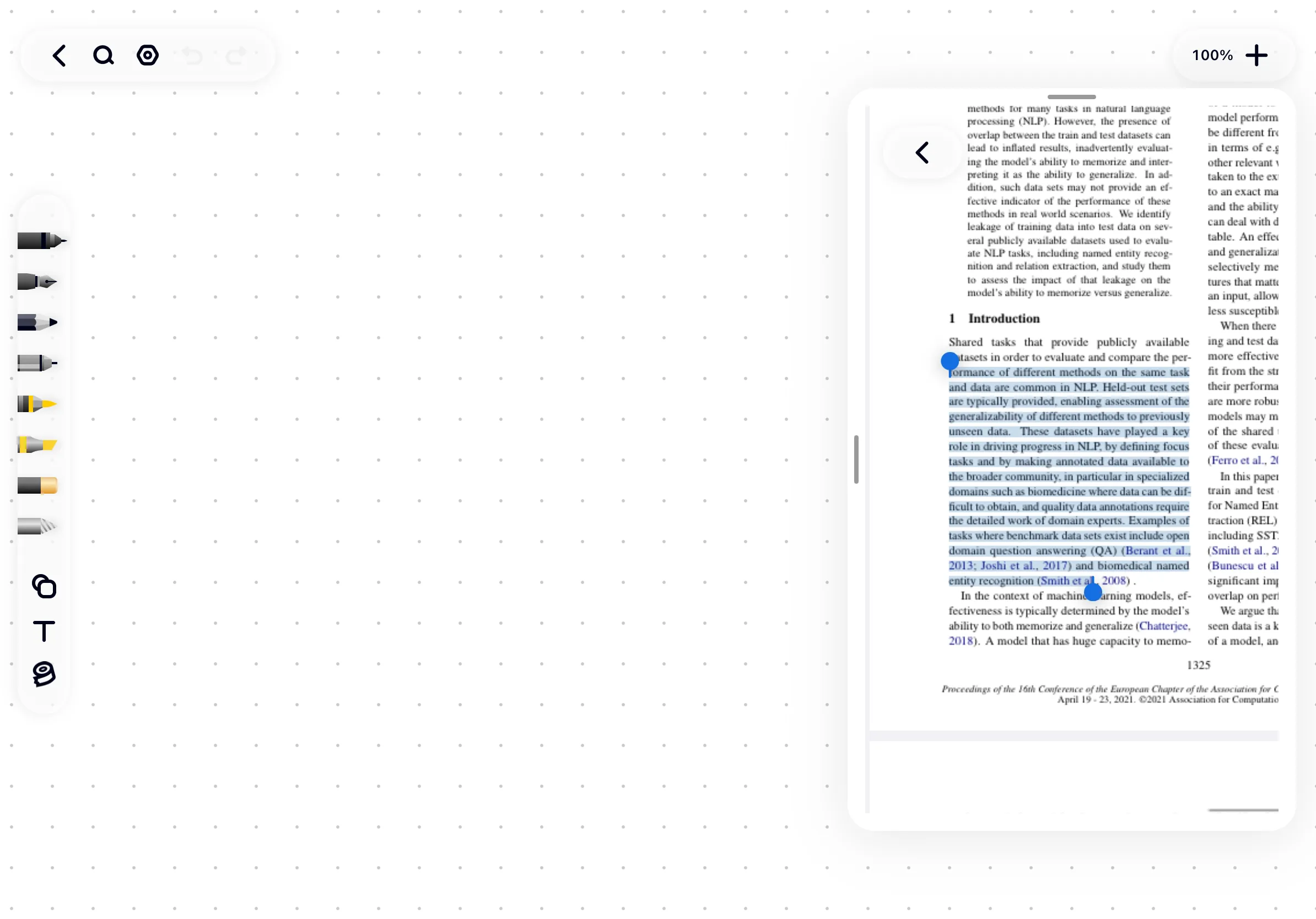
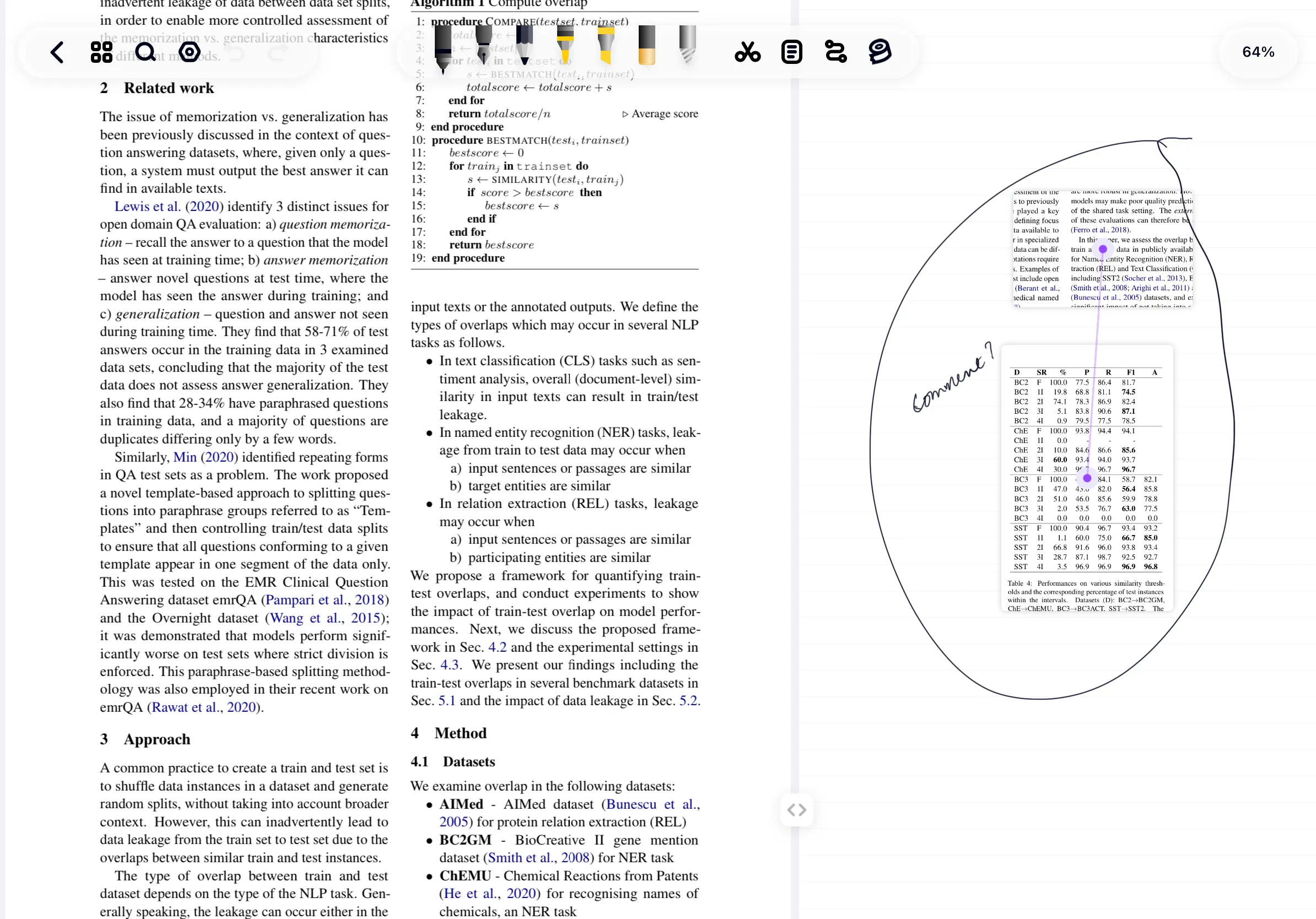
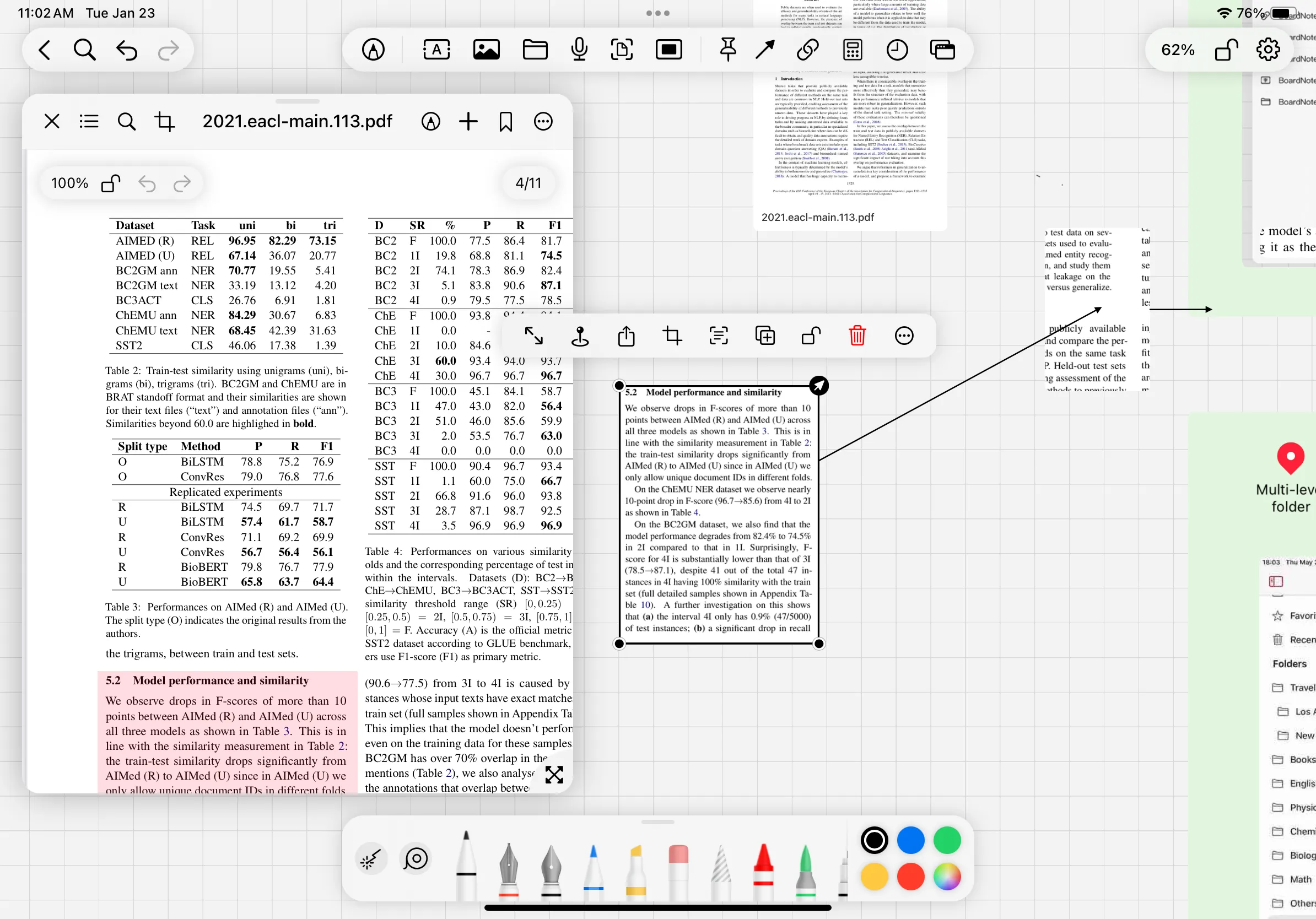
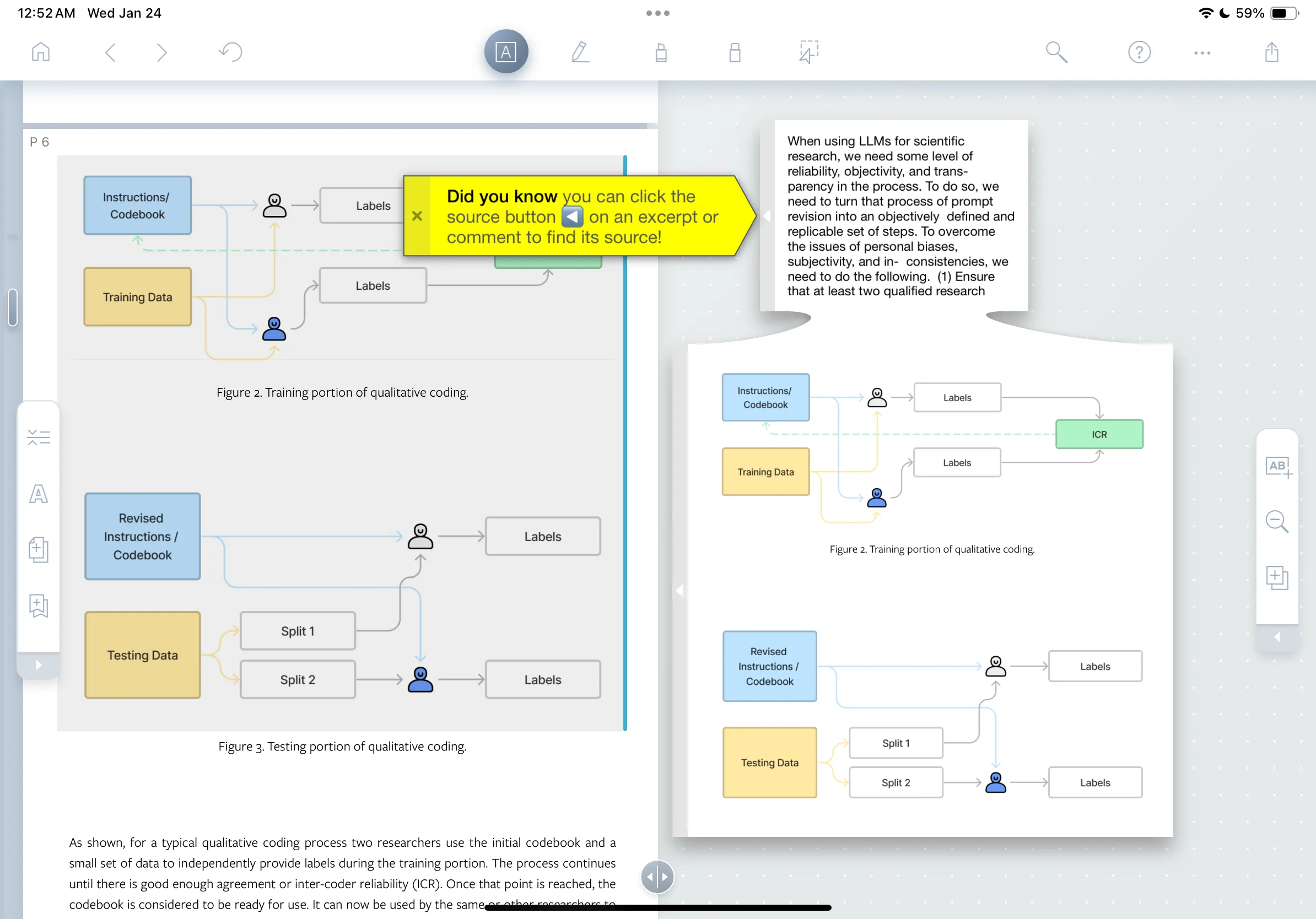
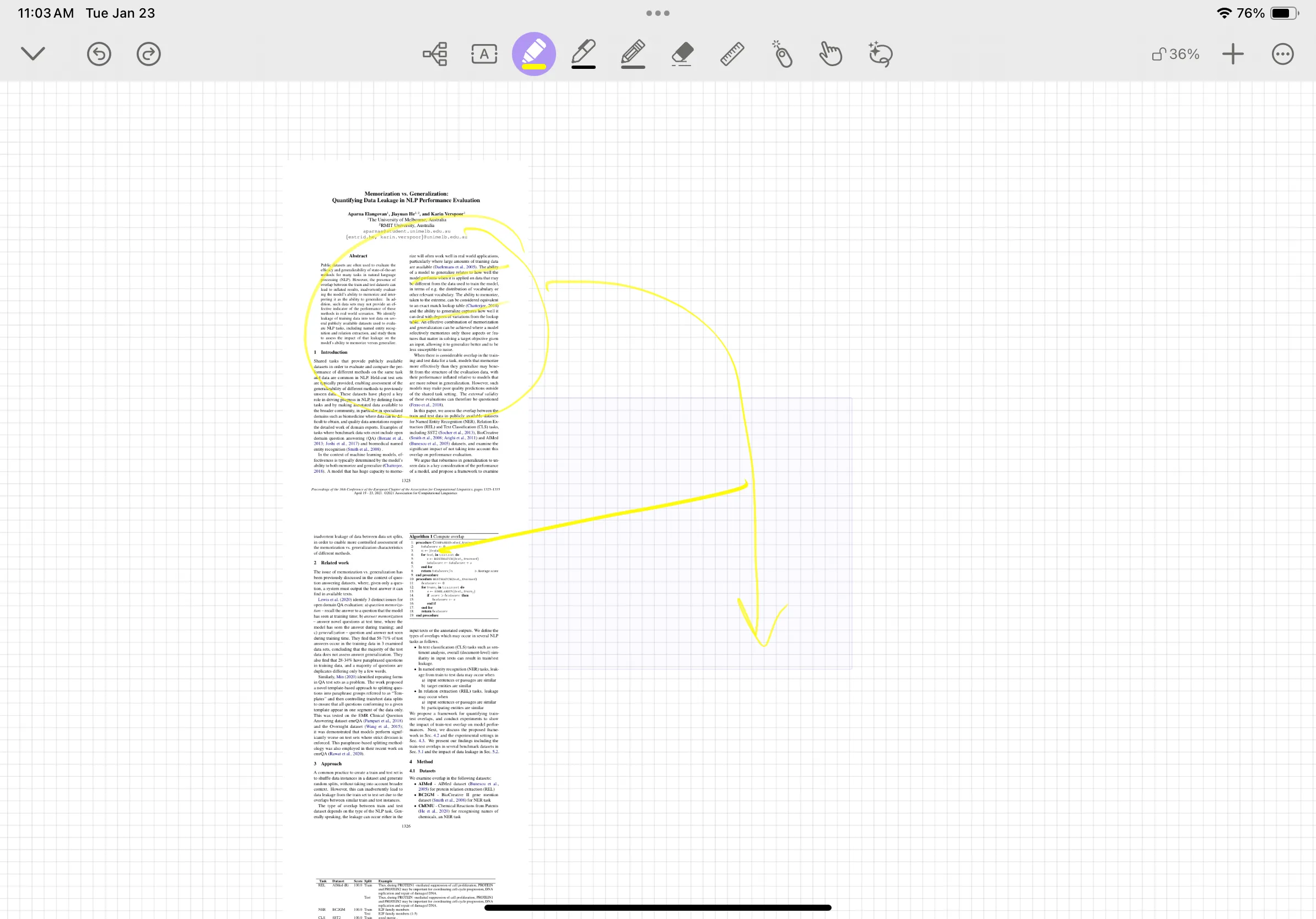
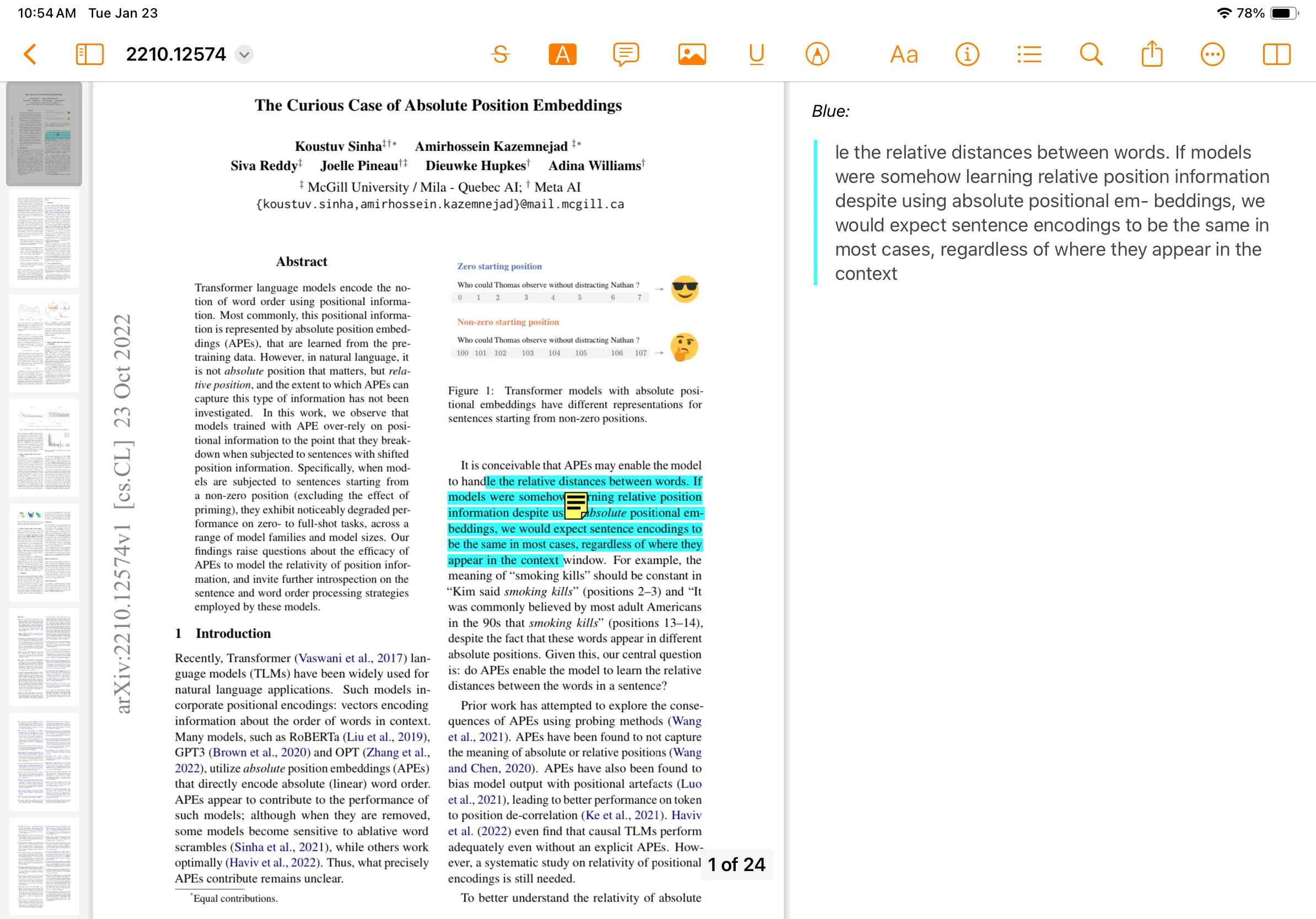
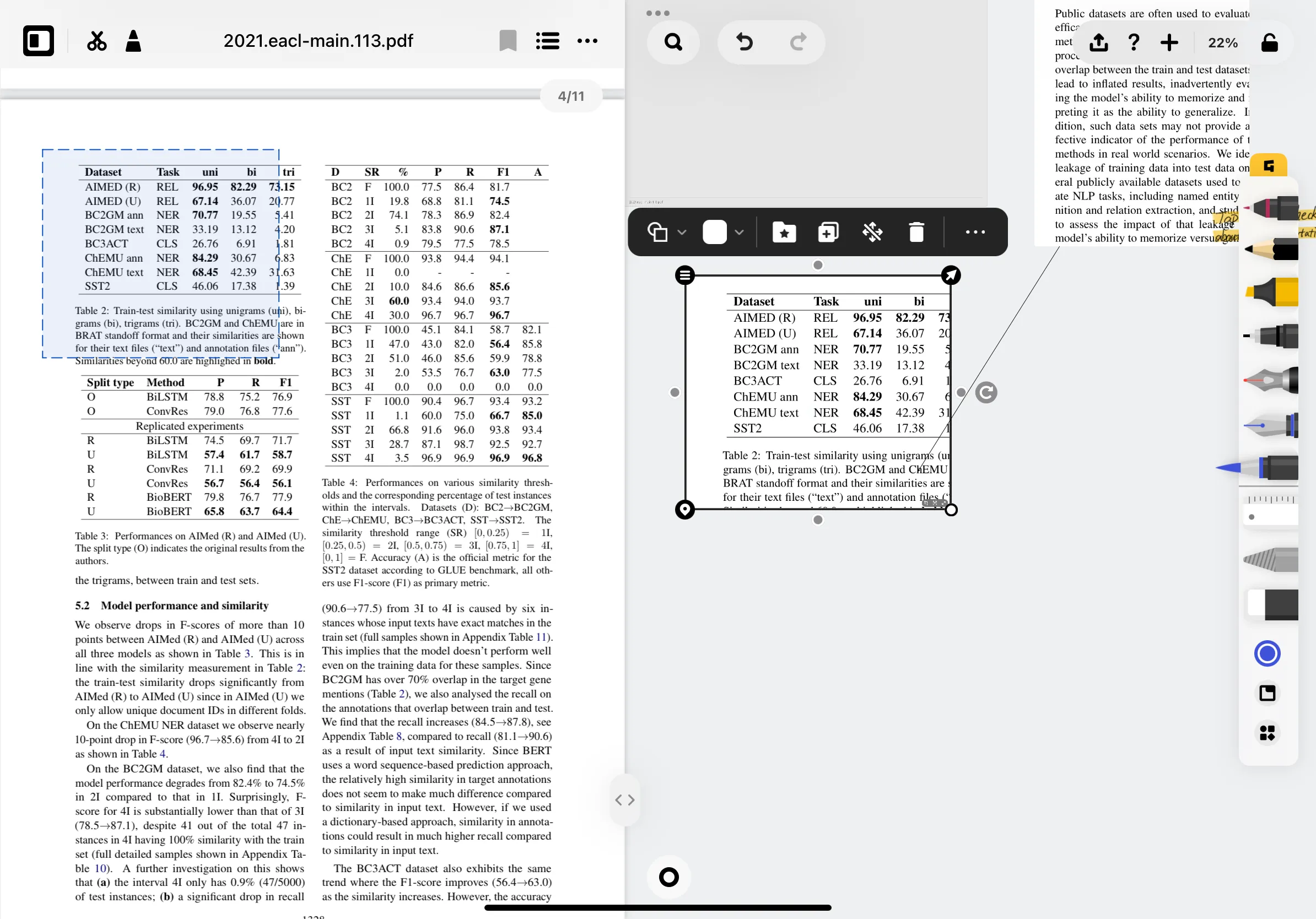



![[Image version] And the outcome of the demo video above. Shows 3 entries, 2 of type debit, 1 of credit, across various inferred categories etc.](/notion/a50d705f-1d96-4db1-adf2-aa920f0ecc73/Untitled.webp)



